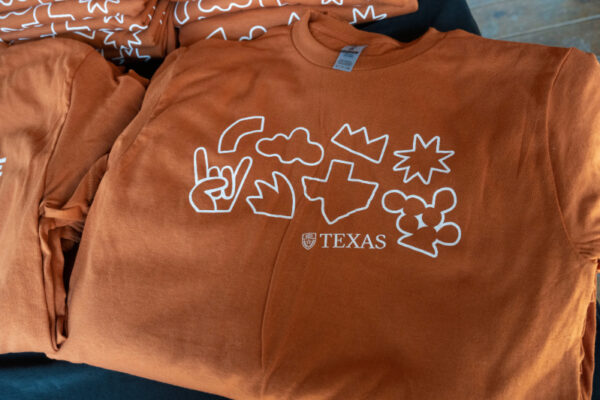Once upon a time there was light in your life, but soon there’ll be two minutes of dark. Thousands of people across the Forty Acres are gearing up for this unique opportunity to see a total solar eclipse and wearing the color all Longhorns bleed will make for a more mesmerizing experience.
It is related to how our eyes perceive color during the daytime compared to during the nighttime — a shift which usually takes about 30 minutes to 45 minutes. Yet during a total solar eclipse the shift happens in seconds and creates mesopic vision, also known as twilight vision, moments before totality.
Dr. Grady Rylander III, a licensed ophthalmologist and professor in the Cockrell School of Engineering’s Department of Biomedical Engineering, explained the phenomenon.
“In bright light, we use primarily cones for vision which gives us high spatial resolution and excellent color discrimination,” he said.
However as light intensity decreases and night begins to fall, people gradually shift to primarily rod vision which is achromatic.
“In between, we use both rods and cones and that is where the mesopic magic happens moments before totality. Because of the difference in the peak sensitivity of rods and cones during mesopic conditions, blue objects appear brighter and red objects appear darker,” Rylander said. “Of course, burnt orange is somewhere in between that spectrum.”
If a large group of people all wear the same color, it will make this effect even more in tune as the sun is eclipsed by the moon.
Make sure you’re not blinded by the light and pick up your free pair of ISO-certified solar eclipse glasses at any of the Sun Spots during UT’s Total Eclipse of the Horns, starting at 11 a.m. on April 8. For more information, visit eclipse.utexas.edu.




